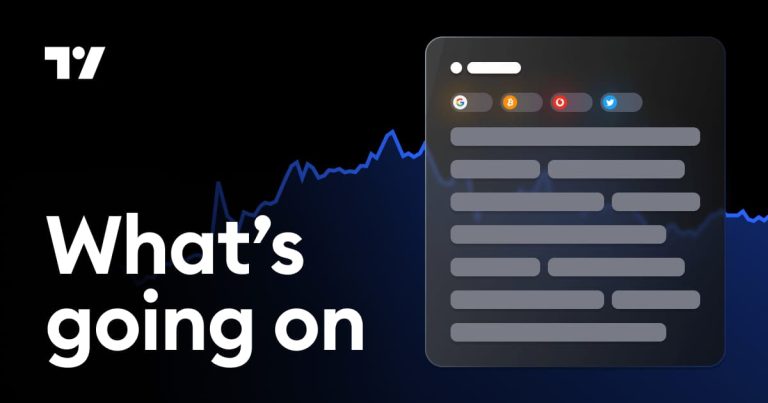- Peter Schiff reaffirms gold as the ultimate safe-haven over Bitcoin.
- Central banks boost gold reserves amid dollar concerns and geopolitical instability.
Despite the growing wave of institutional and even state-level adoption of Bitcoin [BTC], economist and gold advocate Peter Schiff remains unmoved in his long-standing skepticism of the digital asset.
Schiff stands up for gold
Known for his support of gold, Schiff recently took to X (formerly Twitter) to reaffirm his stance, calling the precious metal a superior safe-haven investment.
In a pointed critique, he highlighted the continued accumulation of gold by foreign central banks as evidence of its enduring value, doubling down on his belief that gold, not Bitcoin, is the true reserve asset of choice.
He stated,
“If gold is the past and Bitcoin is the future, why are foreign central banks that are preparing for a future where the U.S. dollar is no longer the reserve currency, replacing their dollar reserves with gold and not Bitcoin?”
Community reacts
Responding to his remark, Anthony Pompliano noted,
“Central banks are always behind the curve.”
In fact, as expected, many criticized Schiff’s remarks.
But not everyone shared the same thought, as noted by an X user Justin Bechler who added,
“You know why. Because central banks are legacy institutions. They don’t front-run monetary shifts, they lag them. Gold is their comfort blanket. Bitcoin is the threat they can’t control, censor, or confiscate. When the game ends, they’ll be the last to admit it’s over.”
Interestingly, recent global trends appear to lend some weight to Peter Schiff’s stance.
Are central banks inclined towards gold?
A growing number of central banks are strengthening their gold reserves, spurred by concerns over U.S. monetary policy and broader geopolitical tensions.
Additionally, the weakening of the U.S. dollar, partly influenced by President Donald Trump’s aggressive tariff measures, has prompted countries to seek more stable reserve assets.
Moreover, Russia’s 2022 invasion of Ukraine intensified global instability, prompting a faster pivot toward gold as a trusted safe-haven asset.
This is because in the aftermath of Russia’s invasion of Ukraine, central banks have doubled down on gold, acquiring over 1,000 metric tons annually, twice the average of the previous decade.
Remarking on this, BofA commodity strategist Michael Widmer stated,
“Emerging market central banks currently hold around 10% of their assets in gold. They should really hold 30% of their assets in gold.”
Gold and Bitcoin price action
This coincided with gold trading at $3,357.4 per ounce, marking a 1.82% daily increase despite a 1.12% dip over the past month.
In contrast, Bitcoin has slipped by 2.34% in the last 24 hours, currently priced at $108,300.54, according to CoinMarketCap.
However, with Bitcoin’s sustained consolidation above the $100,000 level, there is persistent buying interest even after its recent breakout.
Interestingly, this phase has also marked a growing divergence from gold’s price trajectory, signaling a potential decoupling of the two assets.
Therefore, as Bitcoin charts its own course, distinct from traditional safe havens, the market may be entering a new era where digital and physical stores of value respond differently to global economic shifts.








